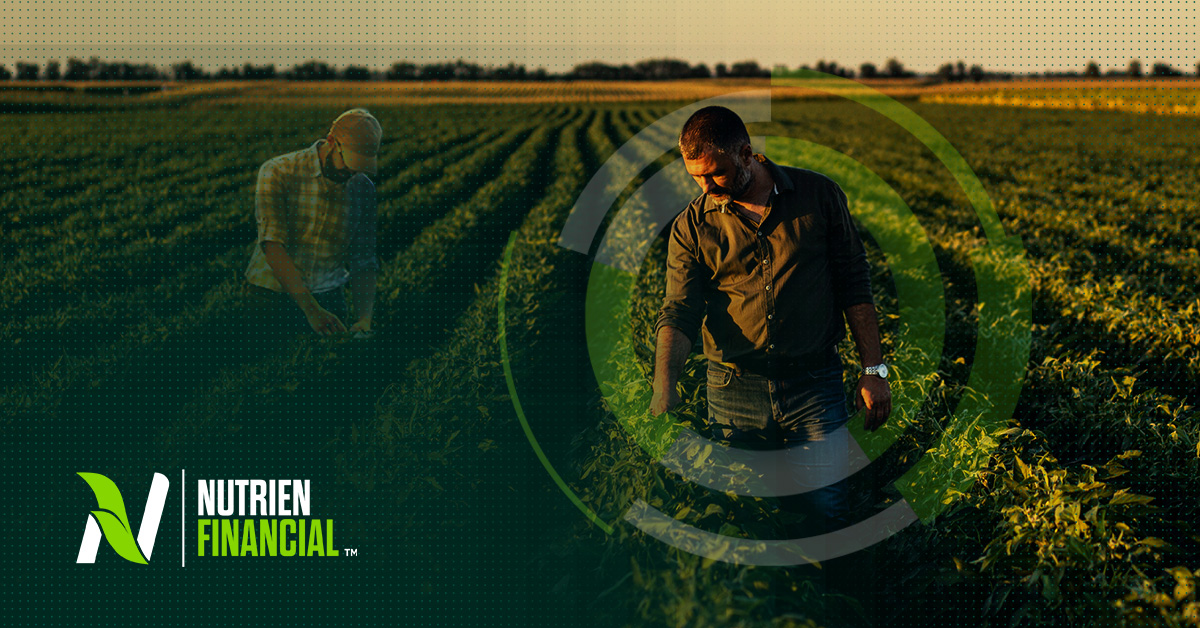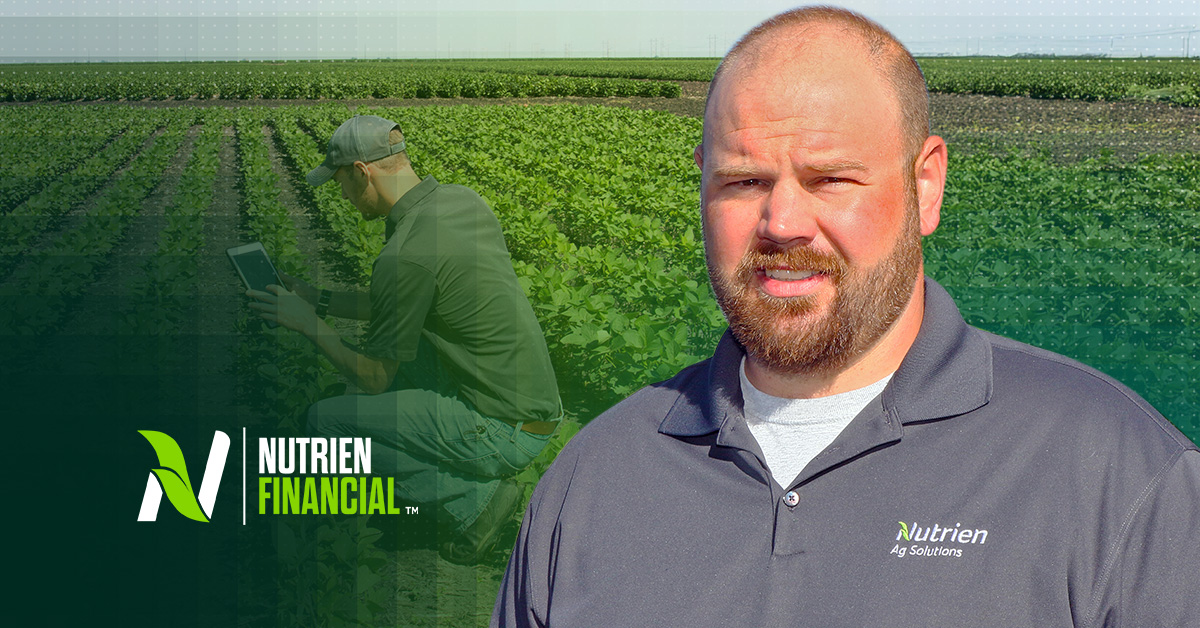Want to stay caught up in all things agriculture? Sign up for the newsletter and get all the latest news straight to your inbox.
Facing the Financial Landscape: Credit Realities in Today’s Agricultural Market
Posted October 29, 2025 | By: Lee Shackelford, Territory Manager – Nutrien Financial
In agriculture, resilience isn’t just a trait — it’s a necessity. Growers face a complex and demanding financial landscape, shaped by an ongoing decline in commodity prices, persistent inflation, and tightening margins. While forecasts from the USDA suggest some stabilization ahead, the lived experience on the ground tells a more nuanced story.
Understanding Today’s Credit Climate
The agricultural credit market is shifting — and not in a way that feels favorable. After several years of low borrowing activity, demand for farm loans is climbing again. Historically, this trend reflects a broader truth: when the farm economy struggles, loan demand rises. And while debt can be used strategically, few growers want to rely on it just to make it through the season.
According to the USDA, farm sector solvency is expected to remain relatively stable in 2025, with debt growing at a pace similar to assets or equity and liquidity is forecast to improve. Yet for many growers, these projections don’t ease the immediate pressure — especially for those who’ve already exhausted their reserves and now face more restrictive lending conditions.
Debt: A Tool, Not a Lifeline
There’s no denying that debt plays a role in modern farm operations. When used strategically, it can help growers invest in their future. But let’s be clear — no one wants to rely on debt just to get through the season. The ideal scenario is having the flexibility to use financing as a tool, not a lifeline. But, for many, that choice has narrowed. And while farm debt has grown, most growers continue to meet their obligations, but not all. For those facing financial strain, the pressure is more than just economic — it’s deeply personal.
The Human Side of the Cycle
Farming has always been cyclical, but today’s cycles feel more unpredictable. Geopolitical dynamics, shifting policy responses, and market volatility make long-term planning a challenge. For many, job security isn’t the issue — it’s income security. And when that breaks down, the consequences ripple far beyond the balance sheet.
We recognize the discipline and rigor growers are applying just to stay in position. It’s a level of focus and determination that deserves acknowledgment. Behind every financial decision is a person, a family, and a legacy — and when those are at risk, the mental and emotional toll can be significant.
Practical Steps for Financial Stability
While no strategy can eliminate market volatility, there are steps growers can take to navigate financial pressures:
- Know your limits. Staying within your financial comfort zone helps preserve flexibility. Have realistic conversations about credit limits and avoid overextending — especially when margins are slim.
- Explore diverse financing options. Preserving cash is critical, and there are multiple financing pathways available. Looking at third-party offers or alternative structures can help you find terms that fit your operation.
- Plan for uncertainty. Weather, markets, and policy shifts are unpredictable. Building contingency plans into your financial strategy helps you stay prepared for multiple scenarios.
- Face challenges head-on. Avoiding financial issues only compounds them. Work with your lenders to develop repayment plans and demonstrate your commitment to staying on track.
Standing With Growers
Despite the challenges, we continue to be inspired by the grit and tenacity of the agricultural community. Growers fight for what they love. Being open and honest about what’s happening on your farm isn’t just important — it’s powerful. It’s how we build trust, how we find solutions, and how we move forward together. The road ahead may be bumpy, but one thing is clear: the strength of this community is unwavering.
For more on credit fundamentals, learn more about the 5 Cs of Credit.





